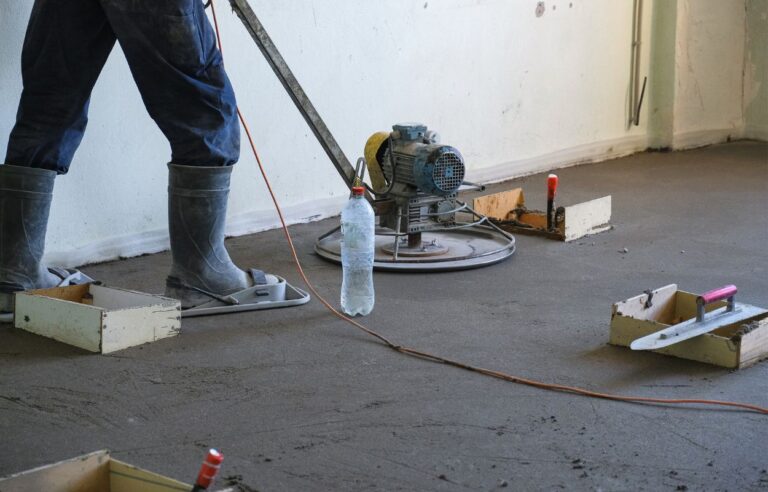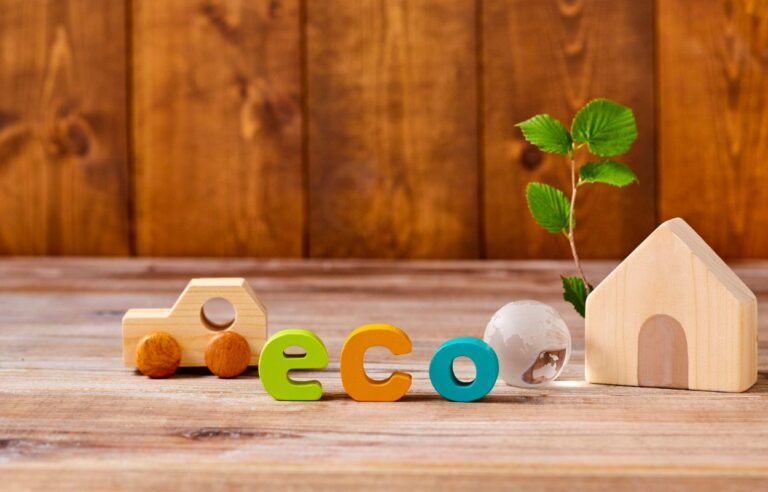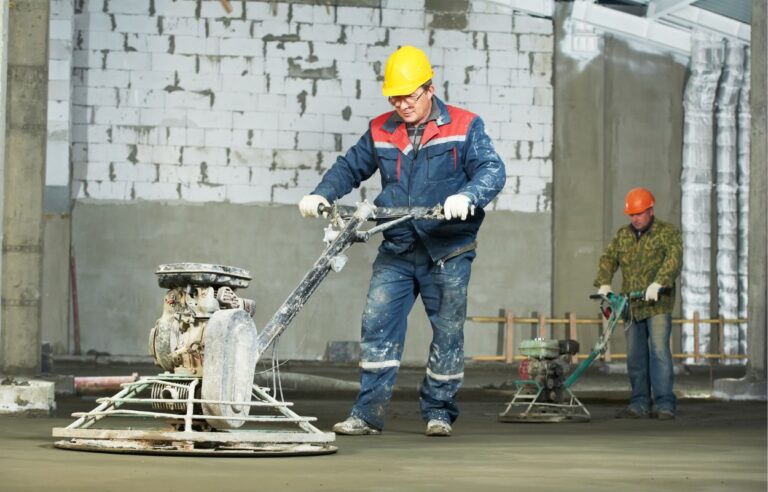
When we think about demolition, we often picture a giant wrecking ball smashing through a building. The noise, the dust, and the chaos can seem like a scene from an action movie. But there’s a much quieter, greener way to tear things down—it’s called sustainable demolition.
Sustainable demolition isn’t just about knocking things down and hauling them off to the landfill. It’s about doing things in a way that reduces waste, saves resources, and protects the environment. Sounds good, right? Let’s dive into what sustainable demolition really means and why it’s becoming such an important part of construction.
WHAT IS SUSTAINABLE DEMOLITION?
Simply put, sustainable demolition focuses on minimizing the environmental impact of demolishing buildings or structures. Instead of tearing everything down and sending it straight to a landfill, this method looks for ways to reuse, recycle, and repurpose materials. It’s about being mindful of the planet and taking steps to reduce our carbon footprint.
Sustainable demolition starts with careful planning. Instead of taking a sledgehammer to everything in sight, it involves taking the time to figure out what materials can be salvaged and how they can be reused. It’s not just about making a building disappear—it’s about doing it in a way that benefits the environment and helps create a circular economy.
WHY IS SUSTAINABLE DEMOLITION IMPORTANT?
If you’ve ever watched a building come down, you know it can be a messy process. But the truth is, traditional demolition methods can be incredibly wasteful. According to some estimates, up to 40% of the waste in landfills comes from construction and demolition debris. That’s a lot of waste that could have been reused or recycled.
Sustainable demolition helps combat this issue. By focusing on recycling and reusing materials, we can reduce the amount of waste that ends up in landfills. In fact, many materials—like wood, steel, concrete, and glass—can be reused in new construction projects, helping to save natural resources and reduce the need for new raw materials.
Another reason sustainable demolition is so important is that it helps reduce pollution. When buildings are demolished the traditional way, dust and debris are released into the air, and the materials often end up as waste. Sustainable demolition uses methods to minimize these environmental impacts. For example, materials are sorted and cleaned for reuse, reducing the need for new raw materials and cutting down on pollution.
KEY PRINCIPLES OF SUSTAINABLE DEMOLITION
Deconstruction Over Demolition
One of the biggest differences between traditional demolition and sustainable demolition is the focus on deconstruction. Deconstruction is the process of carefully taking a building apart piece by piece. The goal is to salvage as many materials as possible for reuse. This might mean removing doors, windows, fixtures, and other items that can be repurposed in a new building or donated to others in need.
Recycling and Reusing Materials
In a sustainable demolition project, the goal is to recycle or reuse as much material as possible. Concrete, brick, steel, and wood can often be reused in new construction, helping to save energy and reduce the environmental impact of creating new materials. For example, concrete can be crushed and used as aggregate in new concrete mixes, while steel can be melted down and repurposed for new projects.
Salvaging Valuable Items
Sustainable demolition isn’t just about the big materials like concrete and steel. It’s also about salvaging smaller items that may have value. This could include things like light fixtures, plumbing, flooring, and even appliances. Not only does this reduce waste, but it also allows valuable items to be sold or donated for reuse.
Minimizing Hazardous Waste
Traditional demolition can often disturb materials that are harmful to both people and the environment, like asbestos, lead, and other hazardous substances. In sustainable demolition, these materials are identified early and removed safely. This ensures they are disposed of properly, rather than being scattered or left behind.
Reducing Energy Use
Sustainable demolition also focuses on reducing energy consumption. Traditional demolition methods can be energy-intensive, especially when heavy machinery is used. With sustainable demolition, the aim is to reduce energy use by using more efficient methods, like hand tools for deconstruction or specialized equipment that uses less power.
BENEFITS OF SUSTAINABLE DEMOLITION
The benefits of sustainable demolition are clear. First and foremost, it helps protect the environment by reducing waste, pollution, and the need for new raw materials. By reusing and recycling materials, we’re giving them a second life, which helps to preserve natural resources.
Second, sustainable demolition can actually save money. It may seem counterintuitive, but by recycling materials and salvaging items for reuse, demolition projects can save on disposal costs. Plus, repurposed materials can be used in new construction, reducing the need to buy new supplies.
Third, sustainable demolition is good for the community. By salvaging and donating materials, we can help provide building materials for those who need them most. There are many nonprofit organizations that accept donated materials to help with affordable housing projects or community renovations.
Lastly, sustainable demolition can improve a company’s image. As more and more people and organizations focus on sustainability, businesses that adopt eco-friendly practices stand out as leaders in the field. Clients are more likely to choose a contractor who takes environmental impact seriously, and employees may be more likely to feel proud of working for a company that prioritizes green building practices.
CHALLENGES OF SUSTAINABLE DEMOLITION
While sustainable demolition is an excellent practice, it’s not without its challenges. One of the biggest hurdles is the cost. Sustainable demolition can sometimes be more expensive upfront because it requires extra time and effort to sort, salvage, and recycle materials. There may also be additional costs associated with safely removing hazardous materials.
Another challenge is the need for specialized knowledge and equipment. Sustainable demolition requires skilled workers who understand how to carefully deconstruct buildings and identify materials that can be reused or recycled. Additionally, certain tools and machinery may be necessary to safely and efficiently complete the job.
Finally, the time required for sustainable demolition can be longer than traditional demolition. While it’s great to take your time and salvage materials, it may not always be feasible for every project. For tight deadlines or emergency demolitions, sustainable demolition may not always be the best choice.
HOW CAN YOU IMPLEMENT SUSTAINABLE DEMOLITION?
If you’re planning a demolition project and want to make it as sustainable as possible, start by doing your research. Work with a demolition contractor who has experience with sustainable practices. They can help guide you through the process and ensure that materials are properly sorted, recycled, or reused.
You’ll also want to make sure that your demolition project is properly planned. The earlier you can identify materials that can be salvaged or recycled, the better. This gives you time to make sure everything is handled in an environmentally friendly way.
Lastly, think about donating any items that are still in good condition. Many organizations accept donations of furniture, appliances, and building materials, and these donations can help those in need while reducing waste.
FINAL THOUGHTS ON SUSTAINABLE DEMOLITION
Sustainable demolition is an important step toward a greener future. It’s about more than just tearing down a building—it’s about doing it in a way that’s thoughtful, resourceful, and respectful of the planet. While there are challenges to implementing sustainable demolition, the benefits are well worth the effort.
By choosing sustainable demolition, you’re making a choice that helps reduce waste, save energy, and protect the environment. Whether you’re working on a large commercial project or a small residential one, adopting sustainable demolition practices can make a big difference in how we build and rebuild our world. So next time you need to tear something down, consider going green!





